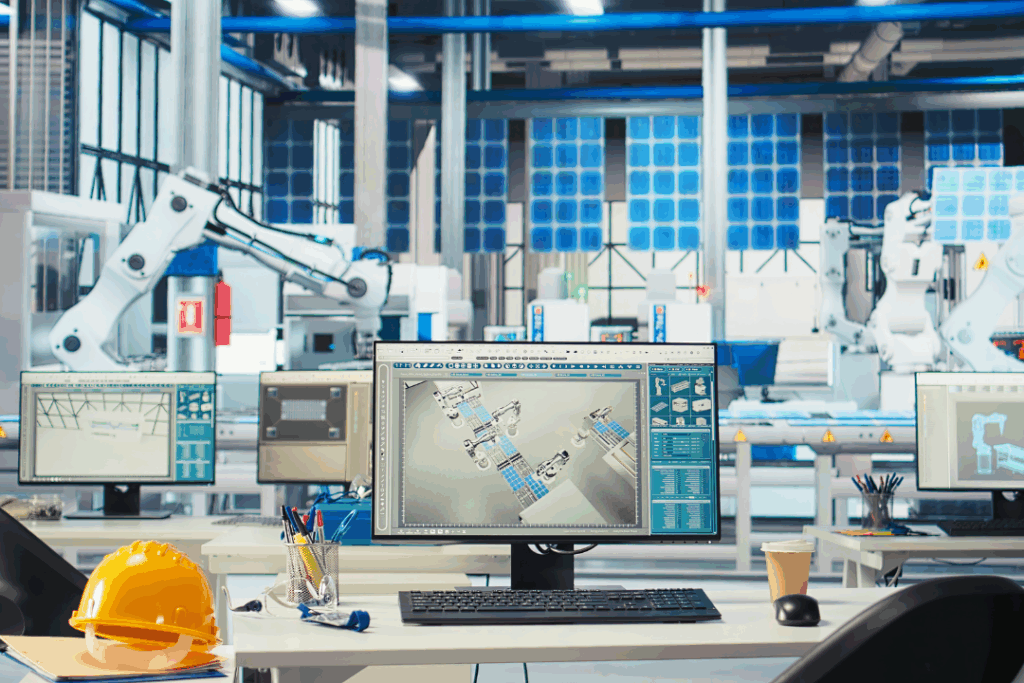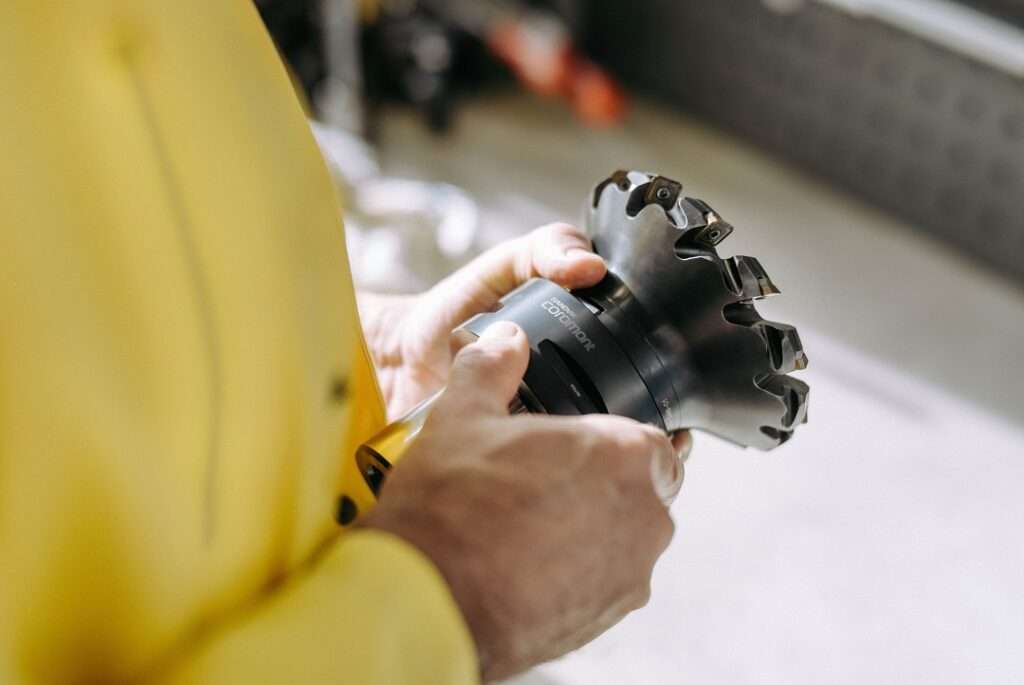In today’s fast-paced industrial landscape, operational efficiency is paramount. Companies are constantly seeking innovative solutions to streamline processes, reduce downtime, and optimize performance. By leveraging advanced AI and machine learning technologies, comprehensive predictive maintenance solutions can significantly enhance operational efficiency across various sectors.
Understanding the Challenges
Operational inefficiencies can stem from numerous factors, including unplanned equipment failures, inefficient maintenance practices, and lack of real-time monitoring. These issues not only disrupt workflows but also lead to increased costs and reduced productivity. Traditional maintenance strategies, which often rely on reactive measures, are no longer sufficient in addressing the complexities of modern industrial operations.
The Power of Predictive Maintenance
Predictive maintenance solutions harness the power of AI and machine learning to predict equipment failures before they occur. By continuously monitoring critical parameters such as temperature, pressure, and vibration, these systems can identify potential issues in real-time. This proactive approach enables companies to schedule maintenance during off-peak hours, minimizing disruptions and ensuring continuous operation.
Key Benefits:
● Reduced Downtime: By predicting failures before they occur, predictive maintenance solutions help in significantly reducing unplanned downtime.
● Extended Equipment Lifespan: Regular, data-driven maintenance extends the lifespan of critical equipment, delaying costly replacements.
● Cost Savings: Proactive maintenance reduces the frequency and severity of equipment failures, leading to substantial cost savings.
Real-Time Monitoring and Analytics
One of the core offerings of predictive maintenance is its real-time monitoring and analytics platform. This system collects data from various sensors and IoT devices installed on the equipment. The data is then analyzed using advanced machine learning algorithms to detect anomalies and predict future failures.
● Comprehensive Dashboards: Real-time dashboards provide a unified view of all operations, facilitating quick decision-making.
● Automated Alerts: Immediate alerts for any anomalies or threshold breaches ensure timely intervention.
● Advanced Reporting: Customizable reports and analytics offer deep insights into equipment performance and maintenance needs.
Digital Twin Technology
Digital twin technology takes predictive maintenance to the next level. A digital twin is a virtual replica of a physical asset, system, or process. By creating a digital twin, companies can simulate and analyze the performance of their assets in real-time. This technology helps in identifying inefficiencies, optimizing operations, and making informed decisions based on accurate data.
Advantages:
● Holistic View: Provides a comprehensive view of asset performance, helping in proactive maintenance and optimization.
● Scenario Simulation: Allows companies to test different scenarios and predict outcomes without any physical risk.
● Improved Decision-Making: Data-driven insights from digital twins enable better strategic planning and operational decisions.
Case Studies: Real-World Impact
- Solar Power Plant Optimization By implementing predictive maintenance and digital twin technology, a leading solar power company saw a 30% reduction in downtime and a 15% increase in energy output. Real-time monitoring of solar panels, inverters, and string combiner boxes ensured early detection of faults and optimized performance.
- Fleet Management for Last-Mile Delivery A major logistics company leveraged predictive maintenance solutions to monitor their delivery vehicles. The system tracked vehicle health, predicting maintenance needs and preventing unexpected breakdowns. This resulted in a 20% improvement in delivery reliability and a 25% reduction in maintenance costs.
- Enhancing Cold Chain Integrity In the food industry, maintaining the cold chain is critical. Predictive maintenance solutions helped a food distribution company monitor their cold storage units in real-time. Predictive analytics ensured timely maintenance, reducing spoilage by 40% and enhancing customer satisfaction.
Tailored Solutions for Diverse Industries
Predictive maintenance offerings are highly customizable, catering to the specific needs of different industries. Whether it’s manufacturing, power generation, renewable energy, or logistics, these solutions are designed to address unique operational challenges and drive efficiency.
● Manufacturing: Real-time monitoring of critical machinery, predictive maintenance, and inventory management ensure smooth operations and reduced downtime.
● Renewable Energy: Optimization of solar and wind power plants through predictive maintenance and digital twin technology leads to increased energy production and sustainability.
● Logistics: Fleet management and cold chain monitoring enhance delivery reliability and product integrity.
● Oil and Gas: Ensuring the integrity of pipelines and drilling equipment is crucial in the oil and gas industry. Predictive maintenance solutions monitor key parameters, detect anomalies, and predict potential failures, reducing the risk of leaks and ensuring continuous operation.
● Utilities: Managing power grids and water treatment plants efficiently requires real-time monitoring and proactive maintenance. Predictive maintenance solutions help utility companies optimize their operations, reduce maintenance costs, and ensure reliable service delivery.
● Healthcare: Ensuring the reliability of medical equipment is critical in healthcare. Predictive maintenance solutions monitor medical devices, detect potential failures, and schedule maintenance, ensuring that equipment is always ready for use and reducing downtime.
Conclusion
In an era where operational efficiency is crucial for competitive advantage, predictive maintenance and AI-driven solutions stand out as innovative approaches to transform maintenance practices from reactive to proactive. These solutions not only help in reducing downtime and costs but also ensure optimal performance and sustainability. As industries continue to evolve, cutting-edge technologies will play a pivotal role in shaping the future of industrial operations.







